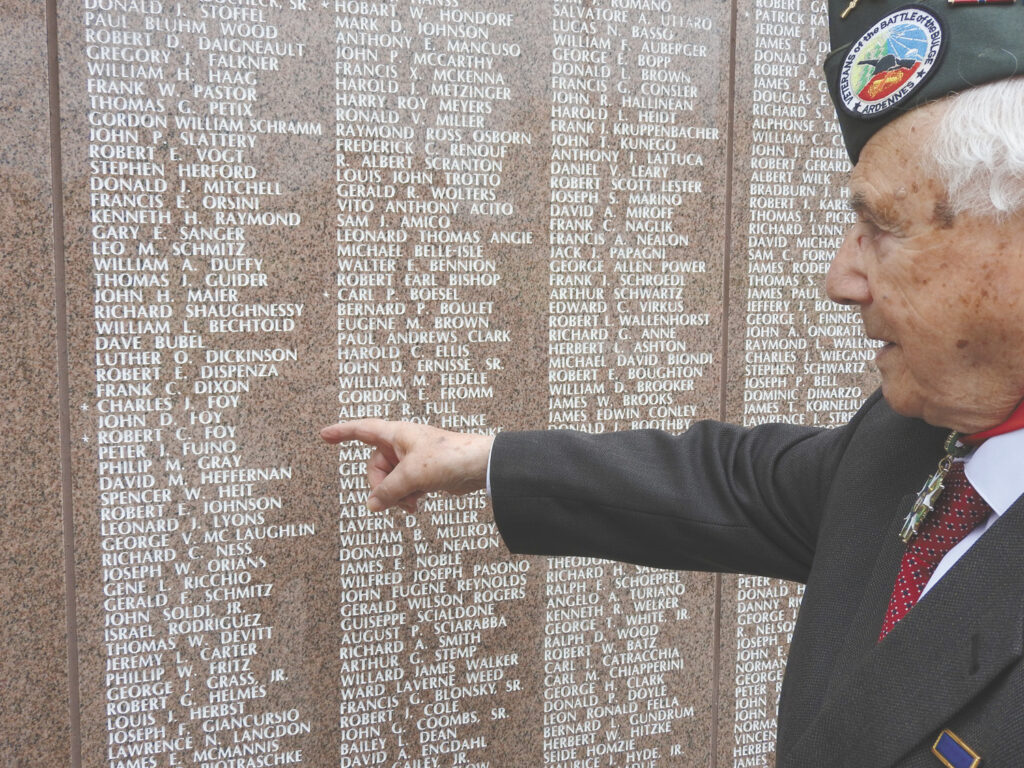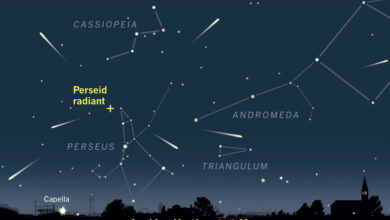Jack Foy: A living piece of history from WWII
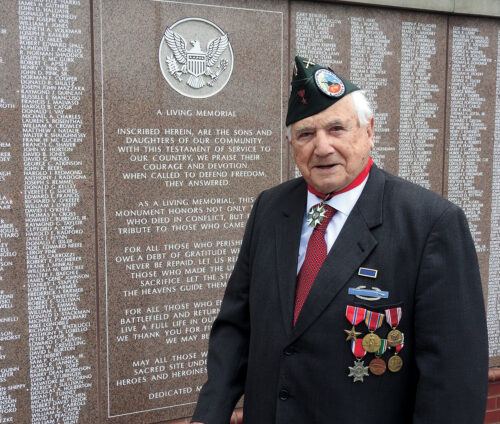
John (Jack) Foy of Greece celebrated his 99th birthday just a few weeks ago. He represents less than one percent of veterans who served in World War II who are still alive to share their experiences from the largest and deadliest conflict in human history.
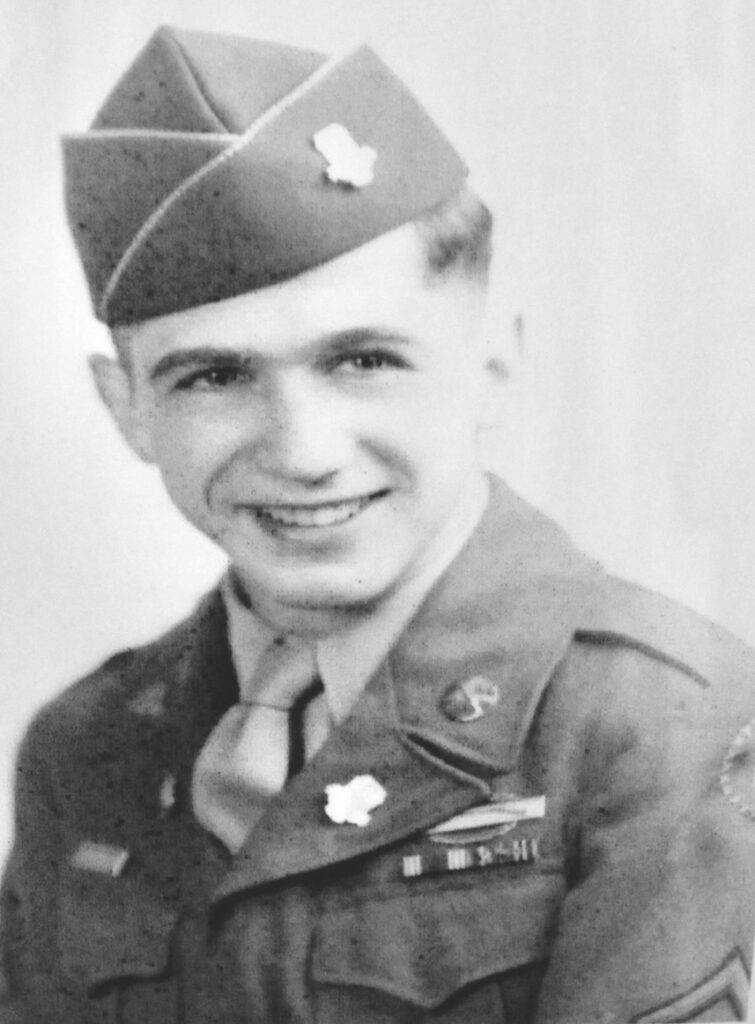
Jack was born in 1925 to Mr. and Mrs. Charles Foy of Charlotte and was one of ten children in his family. He attended Holy Cross School and graduated from Charlotte High School in 1943. His dad was a plumber and owned his own residential plumbing business. His mom was a busy homemaker raising ten children.
During Jack’s childhood, the economic crisis of the Great Depression was occurring. While many families struggled to have one meal per day, the Foy family was fortunate enough to have enough food to survive during this time of extreme poverty. “Families would share with other families from their gardens, and we were so grateful for having food to eat,” recalls Foy.
At 17, Jack was finishing high school and was accepted into the military’s Army Specialized Training Program at Cornell University. He began his classes in September 1943 during the peak of World War II. The plan was to attend Cornell for two years and receive a degree in engineering as well as a commission into the Army Corps of Engineers. Later that semester, a need for more combat troops kept Foy from reaching his goal. “We were losing a lot of men to the causalities of the war, and there was a need for more infantrymen with high IQs, so they pulled us. I was chosen to go over with about 200 young men in my infantry company.”
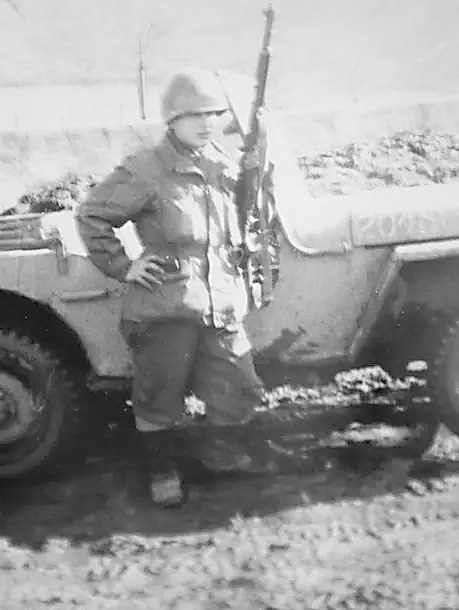
Foy completed his basic training at Fort Benning, Georgia, and then was assigned to Company A, 347th Infantry Regiment, 87th Infantry Division. He deployed to England on the Queen Elizabeth. Jack recalls, “It was the biggest ship in service. I slept in the swimming pool, and we were stacked eight high.” The Queen Elizabeth took Jack and 15,000 young men to Glasgow, Scotland, to embark on one of the bloodiest wars in the history of humankind. By this time, the war was in Metz, France, where Foy’s company joined with Patton’s Third Army. Sgt. Foy was trained to be on the front lines of combat as a machine gunner in Patton’s Army. The men then took a smaller boat to France and eventually deployed to Bastone, Belgium.
“I was just a kid and thought I was on a big adventure,” said Foy, “I didn’t fully understand what I was getting into.” The arrival at Bastone is where the naivete of 18-year-old Foy was exchanged for the dark reality of the horrors of war. It was not long until Foy and his fellow soldiers were fired upon, had artillery dropped on them, and began to witness the lives of their comrades being taken.
On Christmas Eve 1944, Foy’s battalion marched over 100 miles in below-zero temperatures to engage in the largest and bloodiest battle the U.S. fought in WWII: The Battle of the Bulge. It was 10 degrees below zero for two weeks, and the soldiers did not have cold-weather clothing. “We lost a tremendous amount of men from frozen feet and frozen hands. It was awful. It was the coldest weather they had had in Belgium in a hundred years,” said Foy.
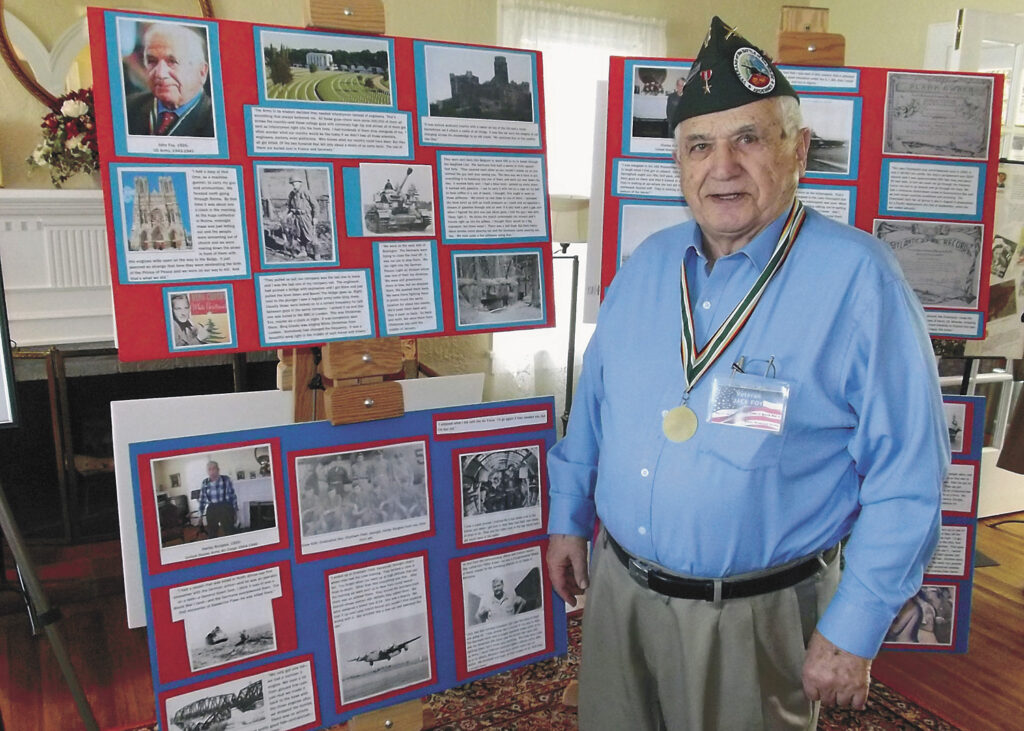
The Germans staged a surprise attack in the densely forested Ardennes region, an area primarily used as a U.S. rest area for the First Army. The attack occurred during harsh weather where aerial reconnaissance was poor, grounding allied air forces. In this battle, more than 19,000 American soldiers were killed, 47,500 were injured, and 23,000 went missing.
After winning the Battle of the Bulge, the regiment was sent to Saint Vith to break through the Siegfried Line, a defensive line set up by the Germans. The U.S. Army finally broke through in early March and then moved to the Rhineland, where they captured four castles. ”We came to a small town, Rhens-on-the-Rhine. This is where we crossed the Rhine River, and it was pure horror,” said Foy. His battalion received a Presidential Unit Citation for the Rhine River crossing.
He recalls discovering his first concentration camp, Ohrdruf. “You could smell it coming down the road. When we got there, bodies of Jews were still burning in the ovens,” he said.
Foy’s company was in Czechoslovakia when the war ended in May. They ported in New York City on the U.S. Navy ship West Point. After a big celebration in the city, they went home for a 30-day leave to rest and prepare for their assigned deployment to Japan, which they were not looking forward to. During their leave, the atomic bombs were dropped on Japan, ending the war. “It was the best news I ever heard,” recalls Foy.
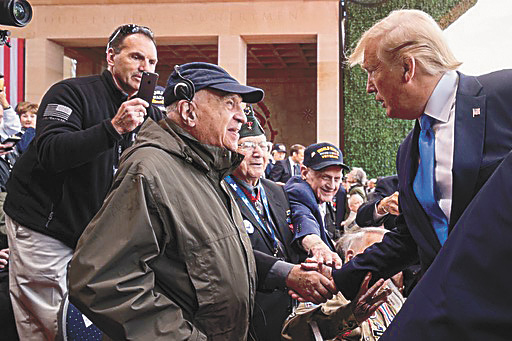
Of the 200 in his company that deployed to Germany, Foy said, “Only about a dozen of us came back. The rest of them are buried over in France and Germany.” Jack was wounded three times by bullets and shrapnel, but his injuries were not severe. “They would patch me up and send me back out,” he said.
The memories of surviving the merciless atrocities against humanity etched themselves in Foy’s soul more than eighty years ago. When asked what kept him going through these hellish months in WWII, he replied, “My faith and prayer. I am fortunate I was raised with a strong faith in God and how much that helped me.” Witnessing the fragility of life strengthened his faith.
After over a year of being saturated in constant combat, Foy returned to civilian life with a refined perspective. “After seeing so much loss, I came back with a deep gratitude for the value of life,” he said.
When Foy returned to his civilian life in his hometown, he went to work for his father’s plumbing business, John D. Foy Plumbing, which he eventually took over. He married a girl named Rita, whom he knew from his grammar school. They settled in Greece and raised their family of four children.
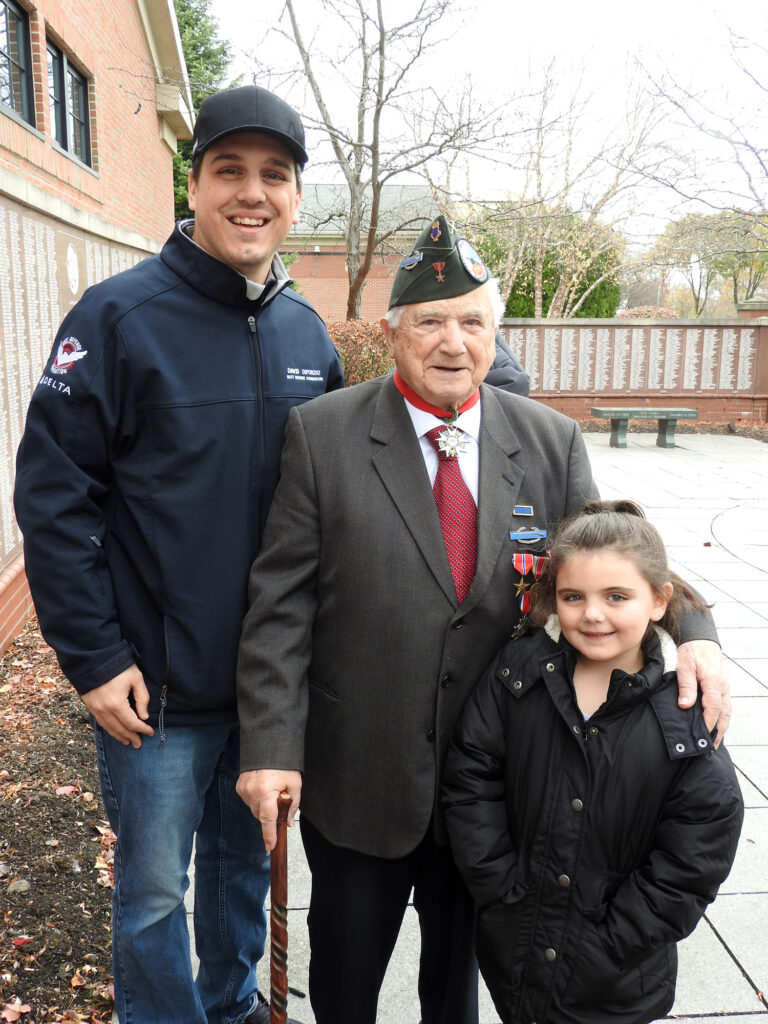
Jack remained continually active as a Veteran of WWII. He has spoken at nearly every college in the area, as well as the high schools. He has even traveled internationally to teach and share his experiences in WWII, including visiting Germany and France more than twenty times. Up until the pandemic, Foy was giving speaking engagements three times a week.
In 2019, Foy was personally invited by President Trump to be the featured speaker at the New York City Veterans Day parade. “When I got the phone call inviting me to be Trump’s guest speaker at this event, I did not believe it was really President Trump,” chuckled Foy.
In 2023, Foy was a guest speaker at a D-Day Commencement that took place at the Normandy American Cemetery. This summer, Foy and twelve other WWII Veterans who fought on D-Day were invited to speak in Normandy.
In December, Foy will be returning to Bastone as a guest to the King and Queen of Belgium. “I hate that place and the memories that came from there,“ he said. “It breaks my heart to go.”
As the numbers of living WWII veterans continue to dwindle, Jack Foy’s passion and heart to share the historical memories of the war remain strong. When asked what piece of wisdom he would like to impart to young Americans of today, he said, “Be strong in your faith in God. It will be what gets you through the rough times.” Jack still lives in Greece and is blessed with six grandchildren and ten great-grandchildren.
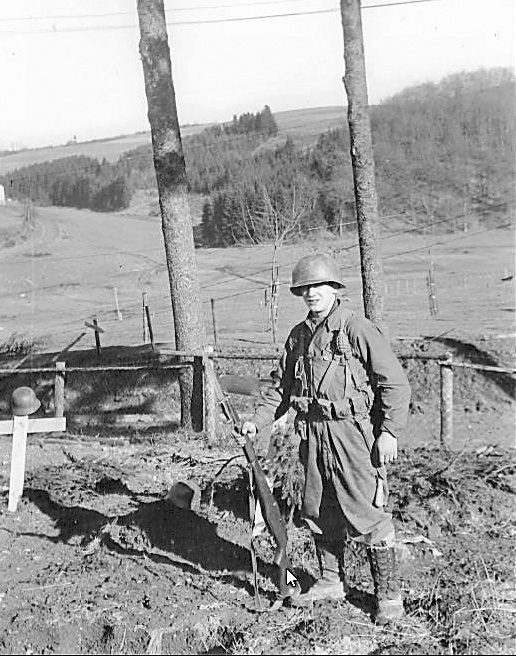
David DiPonzio, Jack’s grandson, has a deep respect for and appreciation for what his grandfather and the WWII veterans gave. In September, David accompanied his grandfather to the Netherlands for their 80th anniversary of liberation from the Nazi occupation. As David and his grandpa drove the streets of the small towns and cities on the parade route that were celebrating their freedom, he recognized the gratitude and remembrance they had for those who fought for their freedoms. “I wish I could have balled up some of that energy and brought it back home,” said DiPonzio. “My grandfather’s service has impacted me immensely. It is what has fueled my passion for history and my understanding of just how special this country is. I will pass these traits down to my children; they will learn what occurred in that war and how that war changed the course of history. They will know everything that their great-grandfather did and the sacrifices that were made by all. They will learn about the death camps and the terrible things mankind did to other human beings. So often we want to shield our children from these horrors, but we cannot. We cannot erase history. If we do, we are bound to repeat it.”
Provided photos
